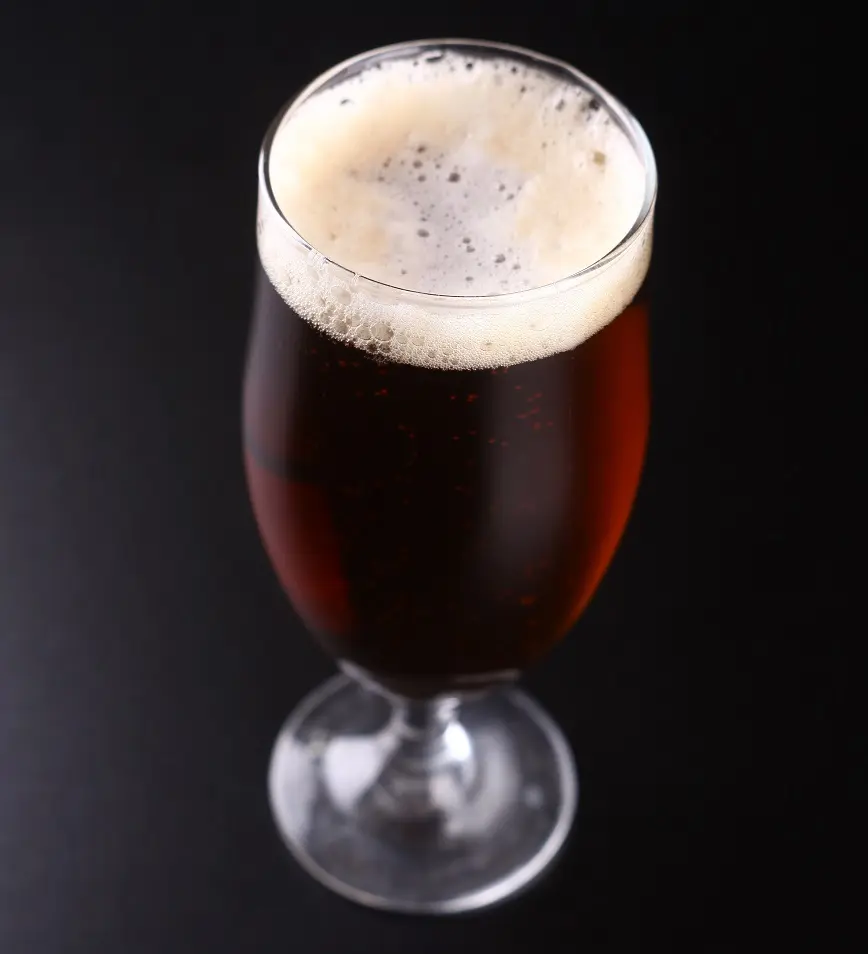The monastic medieval style, safely forgotten and revived only in the 1850s. Sufficiently strong, “ripens” in the bottle, and can undergo secondary fermentation there.
The Belgian Dubbel has a rich and deep malty note. On the palate, notes of dried fruits, chocolate, caramel, toast are felt. Hops are manifested by spicy nuances, shades of cloves and pepper are not uncommon, perfume notes, fruity esters can be felt. Alcohol is felt softly, without a “fusel” spirit. The finish is dry, but the aftertaste is sweetish, without bitterness.
The color varies from amber to copper with a reddish tint, in the glass ale forms a rich and strong foam of cream color.
On the tongue it feels full-bodied, soft, with a fairly high carbonation. The production uses Belgian yeast, Pils malt and sugar or syrup. The hops can be Saaz or English, but this is not a requirement. Despite the spicy taste, real spices are rarely included in the drink.
Belgian dubbel is similar to bock, only less malty and sweeter. But compared to the Belgian blonde contains more malt and esters. Reminiscent of a Belgian dark strong ale of reduced degrees.

Strength: 6.0-7.6%.
Density: initial 1.062-1.075, final 1.008-1.018.
Bitterness Index: 15-25 IBU.
Color: 10-17 SRM.









